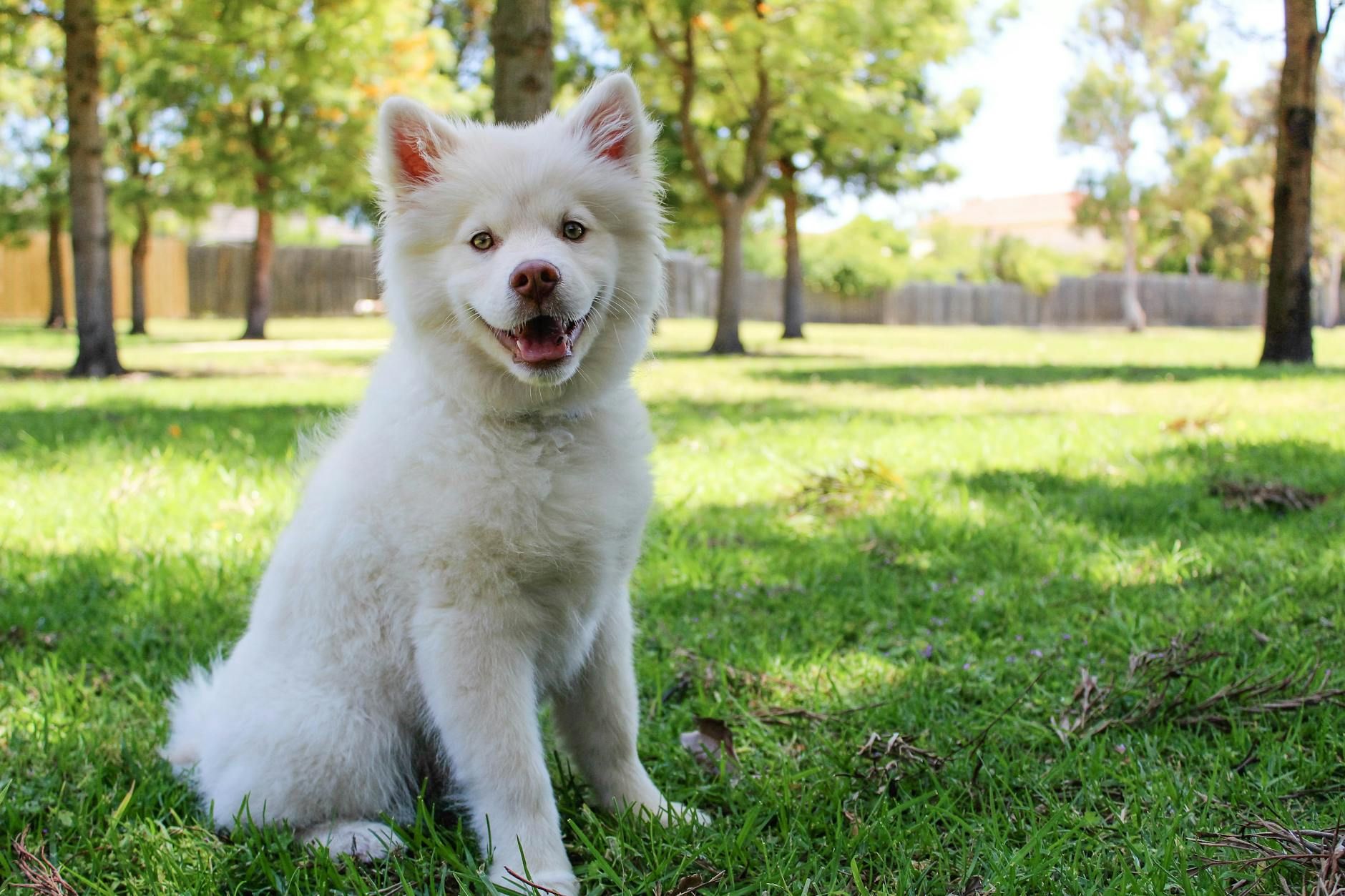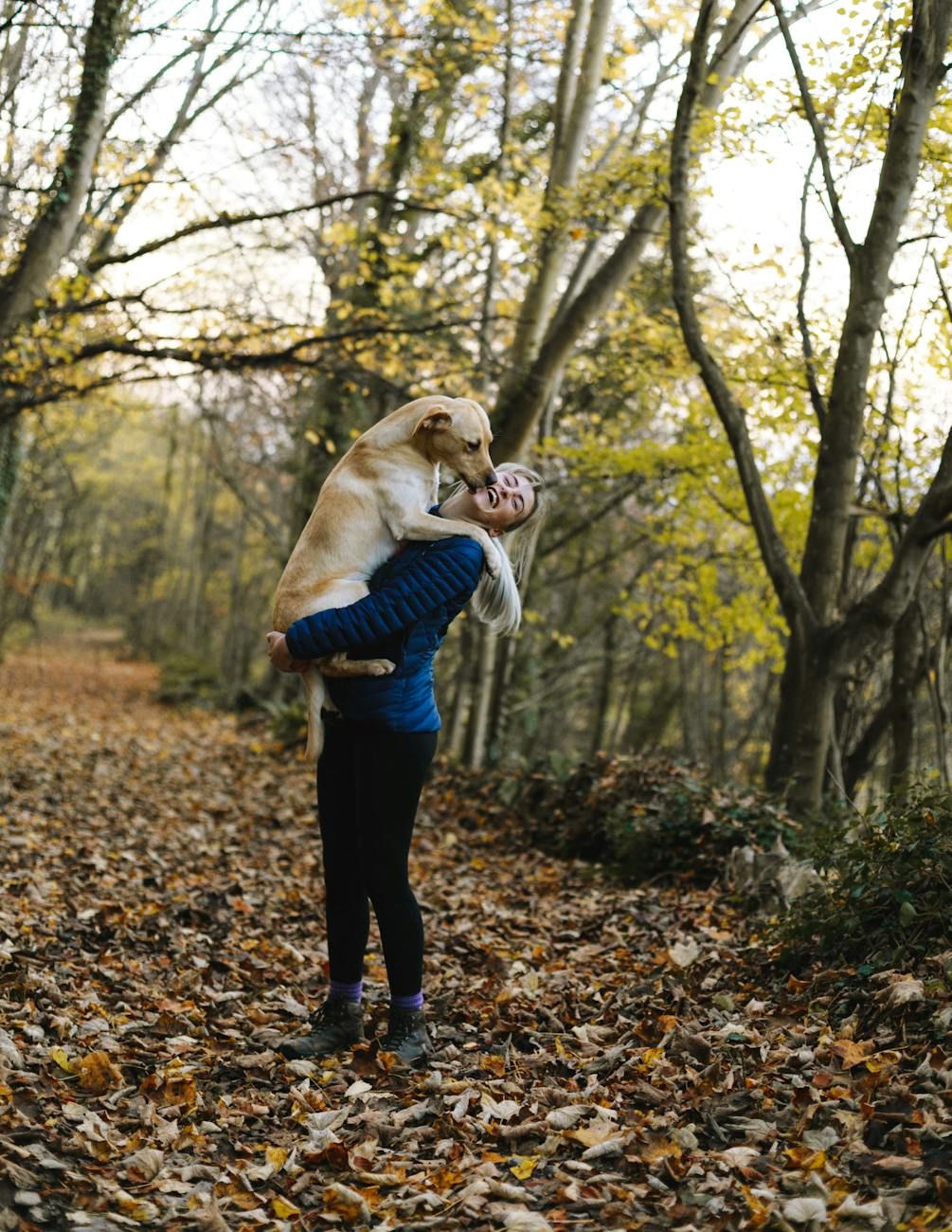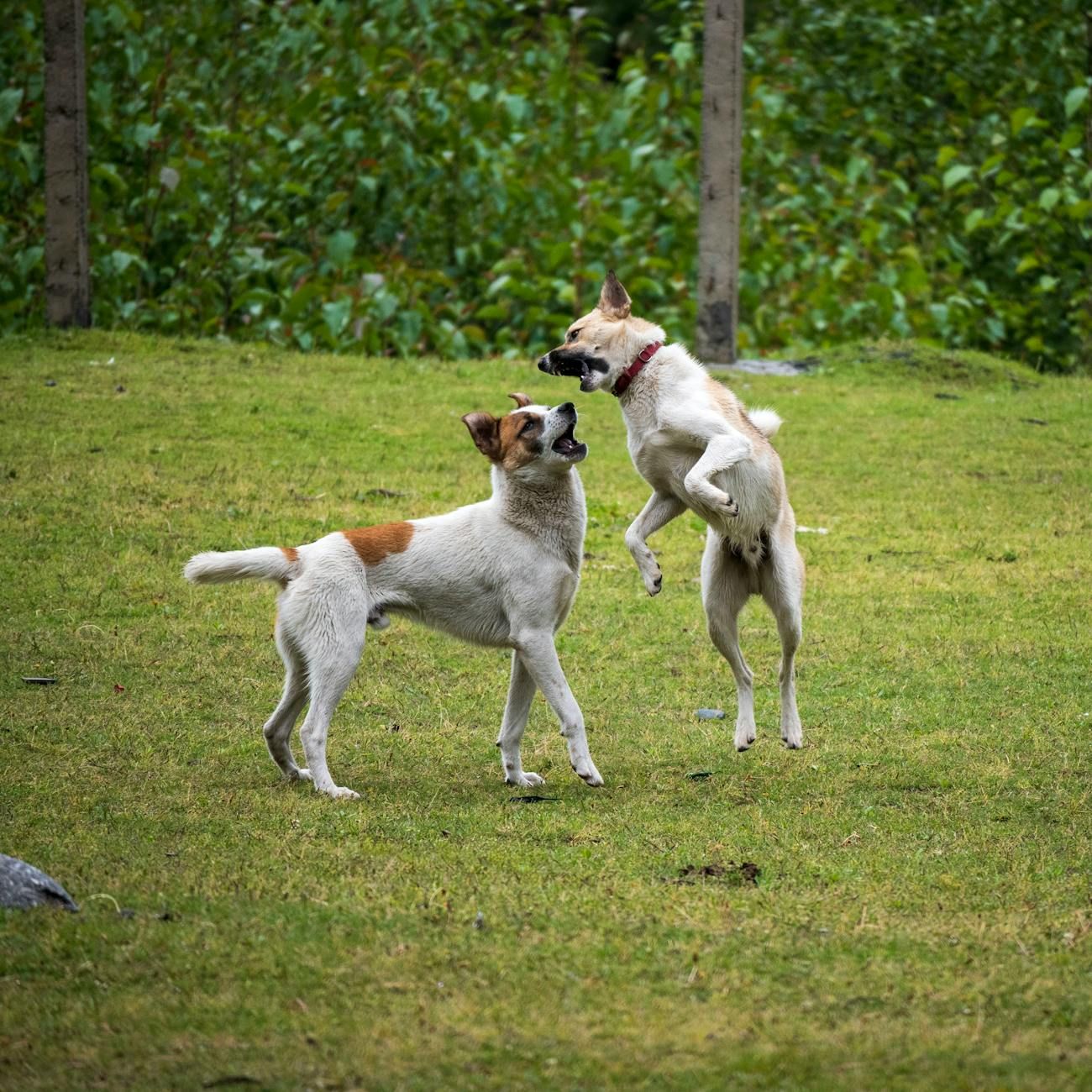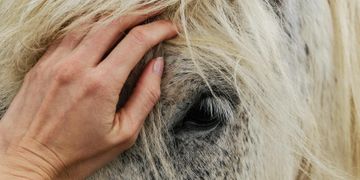Why Do Dogs Wag Their Tails? Your Pet's Mood in Motion



Dogs are known for their expressive communication skills, often conveying their emotions and moods through a variety of body language cues. One of the most iconic and recognizable forms of canine communication is tail wagging. As pet owners, it's essential to understand why dogs wag their tails and how to interpret this behavior to strengthen our bond with our beloved pups.
From joy and excitement to fear and anxiety, a dog's tail can provide valuable insights into its current state of mind. While tail wagging is commonly associated with happiness and friendliness, it actually serves as a multifaceted form of communication that can convey a wide range of emotions.
One of the main reasons why dogs wag their tails is to express their emotions and establish social connections with other dogs and humans. When a dog is feeling happy, its tail will typically wag in a loose and fast manner, often accompanied by a wagging body and a relaxed posture. This enthusiastic tail wagging is a clear indicator of a dog's positive mood and willingness to engage in social interactions.
On the other hand, a slow or hesitant tail wag may signal uncertainty or anxiety. Dogs may also wag their tails at different heights and angles to communicate various emotions. For example, a high tail wag accompanied by a stiff body posture could indicate dominance or aggression, while a low tail wag with a tucked tail suggests submission or fear.
In addition to expressing emotions, dogs use tail wagging as a form of communication to convey specific messages to other dogs and humans. By observing the speed, direction, and intensity of a dog's tail wag, we can gain valuable insights into its intentions and feelings. Understanding our pet's body language is crucial for building a strong and trusting relationship based on clear communication and mutual understanding.
It's important to remember that tail wagging is just one piece of the puzzle when it comes to interpreting a dog's mood. To accurately assess your pet's emotions, pay attention to its overall body language, facial expressions, and vocalizations. By taking a holistic approach to understanding your dog's behavior, you can develop a deeper connection and strengthen the bond you share with your furry companion.
Next time you see your dog wagging its tail, take a moment to observe its body language and surroundings to decipher the message it's trying to convey. Whether it's a joyful greeting, a playful invitation, or a sign of insecurity, your dog's tail wag can reveal a wealth of information about its inner world. By honing your skills in interpreting canine body language, you can enhance your communication with your pet and create a harmonious and fulfilling relationship built on trust and empathy.
So, the next time your furry friend wags its tail, remember that it's not just a random gesture – it's your pet's mood in motion, a dynamic and nuanced form of communication that strengthens the bond between you and your beloved companion.





